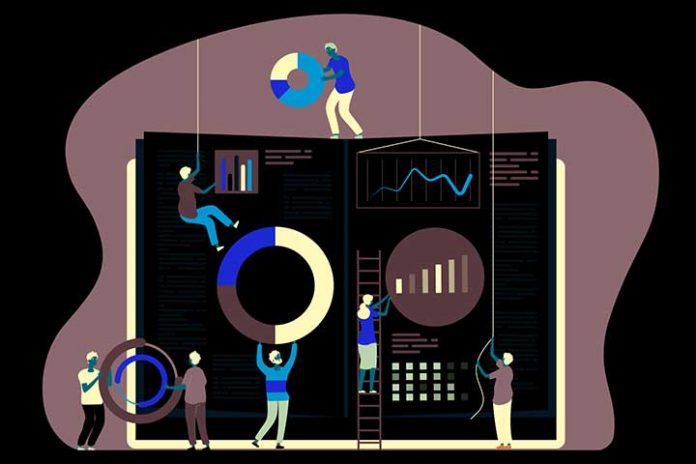Would you like to convert all your customer data into accurate information for decision-making?
Currently, companies are generating more data than ever, and these are the best source of knowledge that an organization can have. But accumulating mountains of digital information about our customers is useless if we can’t make sense of it. That’s where tools like CRM and Power BI come into play.
Next, we will see what these tools contribute to our companies and what benefits we can obtain if we integrate them.
CRM and Power BI: What does each tool give us?
Digital transformation is changing the way of understanding business. Now, the business strategy is focused on customers, and to make decisions based on accurate information, it is essential to rely on technology.
A CRM (Customer Relationship Management) is a customer relationship management solution generally aimed at managing three primary areas: commercial management, marketing, and after-sales service or customer service.
Power BI is an Office 365 service that allows you to unite different data sources, model and analyze them, and then present them through dashboards and reports, which can be consulted in a straightforward, attractive, and intuitive way. Data is accessible anytime, anywhere.
With a CRM tool, you can win leads and increase your customer retention rate. For companies, it is essential to know the activities carried out by their commercial department, monitor them, and record the actions carried out with a Client. These are some of the steps that this tool allows you to do.
Business intelligence software like Power BI allows you to see where your business is in real-time and generate direct access reports for the entire company. This business analytics tool will enable you to work with multiple data sources, offering you the possibility of creating dashboards to collect the information obtained from that data.
Benefits of integrating CRM and Power BI
Unity is a strength, so if you connect Power BI with your customer management tool, you will get the following benefits:
- Visualize opportunities: Know the risks and opportunities by phases, commercial, and income, of your company at a glance, analyzing the sales processes through various metrics to obtain actionable information.
- Obtain information from the commercial team: Analyze the commercial activities of each retail and CRM user, such as visits (Complete, Open, Scheduled), Tasks (Complete, Open, Scheduled) … etc.
- Acquire customer insights: Get visuals on key metrics such as customer engagement. Understand case analysis by type. Priority and geography. Analyze service performance on several cases, resolution rate, priority level, etc.
- Explore data: Explore all top-level charts to understand metrics such as account, leads, revenue, and service. Customize this information and obtain valuable data for your company.
- Access interactive dashboards: Obtain all the information from your CRM and connect it with external sources. Know the performance of your commercial teams or where your company is meeting the established objectives.
- Make truthful decisions: Collect CRM data in the Power BI Service and make decisions based on it by relating large amounts of data to each other. Provide your employees with a new and efficient way of working with the data obtained.
As we can see, separately, they are two solutions with great potential. Still, if we put them together, they become an ideal solution for those companies that want to see all the information of their clients or potential clients at a glance.

